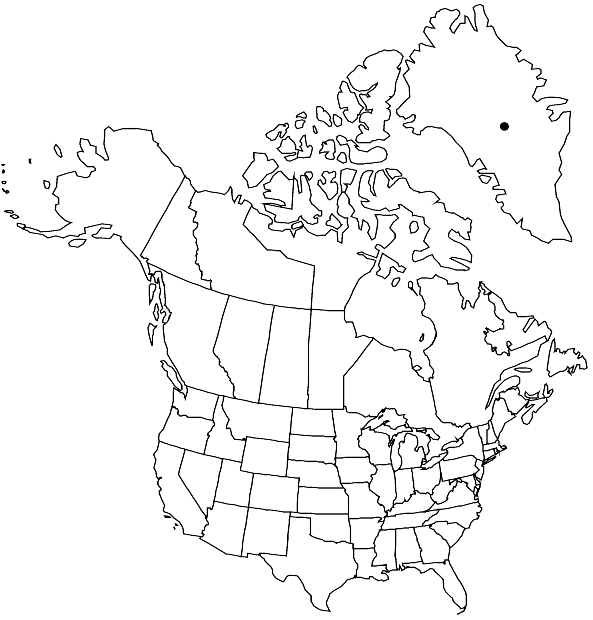Difference between revisions of "Trematodon laetevirens"
Lindbergia 3: 223, fig. 1. 1976,.
FNA>Volume Importer |
imported>Volume Importer |
||
| Line 44: | Line 44: | ||
|publication year= | |publication year= | ||
|special status= | |special status= | ||
| − | |source xml=https:// | + | |source xml=https://bibilujan@bitbucket.org/aafc-mbb/fna-data-curation.git/src/bb6b7e3a7de7d3b7888a1ad48c7fd8f5c722d8d6/coarse_grained_fna_xml/V27/V27_634.xml |
|genus=Trematodon | |genus=Trematodon | ||
|species=Trematodon laetevirens | |species=Trematodon laetevirens | ||
Revision as of 22:34, 27 May 2020
Leaves long-lanceolate, occasionally ovate-lanceolate, entire at apex; costa percurrent or excurrect. Seta short, ca. 10 mm. Capsule not inclined, straight to weakly curved; neck about equal to the urn in length, cylindric or obovate, not strumose; peristome teeth perforate medially and often split near apex, not fragile, commonly persistent; annulus not seen.
Phenology: Capsules mature late summer–fall (Aug–Sep).
Habitat: Soil, humus, crevices
Elevation: moderate elevations
Distribution

Greenland, n Europe (Norway, Sweden).
Discussion
Selected References
None.
Lower Taxa
None.
... more about "Trematodon laetevirens"